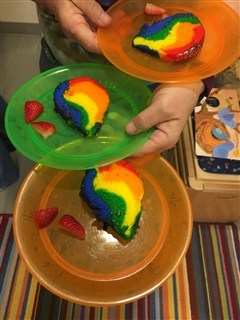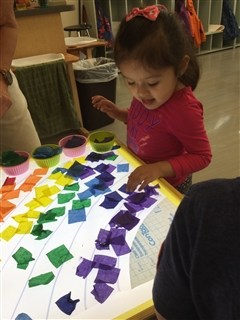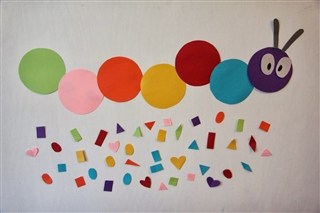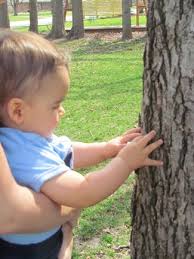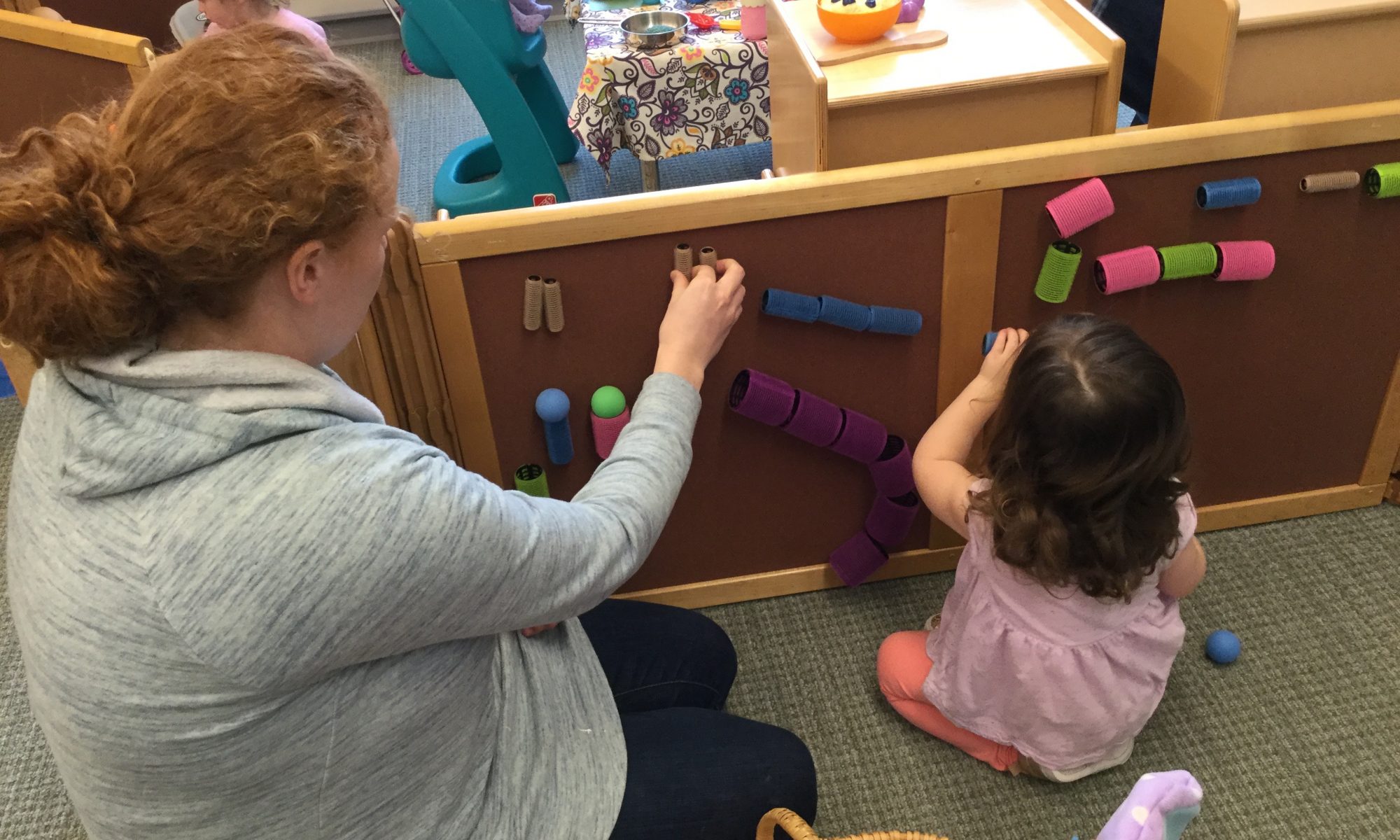Materials
Self-grip hair curlers (or you can tape toilet paper cardboard tubes to a wall)
Pompoms, Ping Pong balls, marbles
Felt board or large piece of felt material secured to the wall
Directions
Invite your child to help you create some tracks using the curlers or cardboard tubes by attaching them to a felt surface or wall. The fun experience with using curlers is they can easily be moved around to make new tracks and pathways. Once the track is ready, invite your child to roll pompoms, ping pong balls, marbles or any other rolling object through the tubes. Was the rolling object successful in getting through all the tubes? If not, can your child solve the problem?
This activity allows children to be creative, to problem solve, to make predictions, and use visual discrimination

